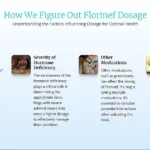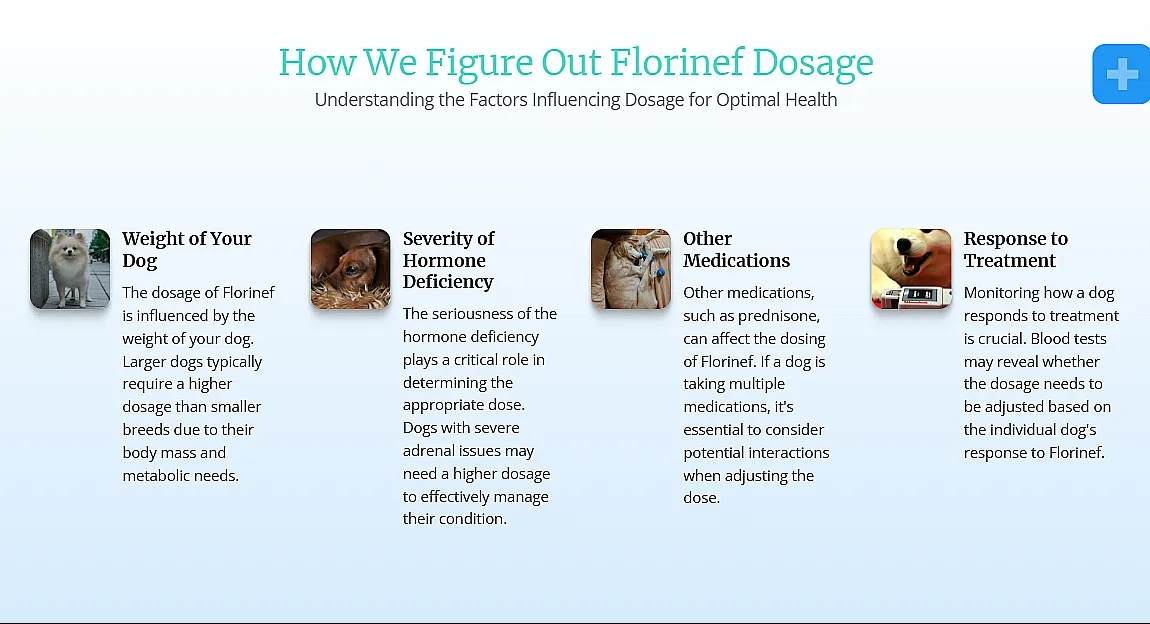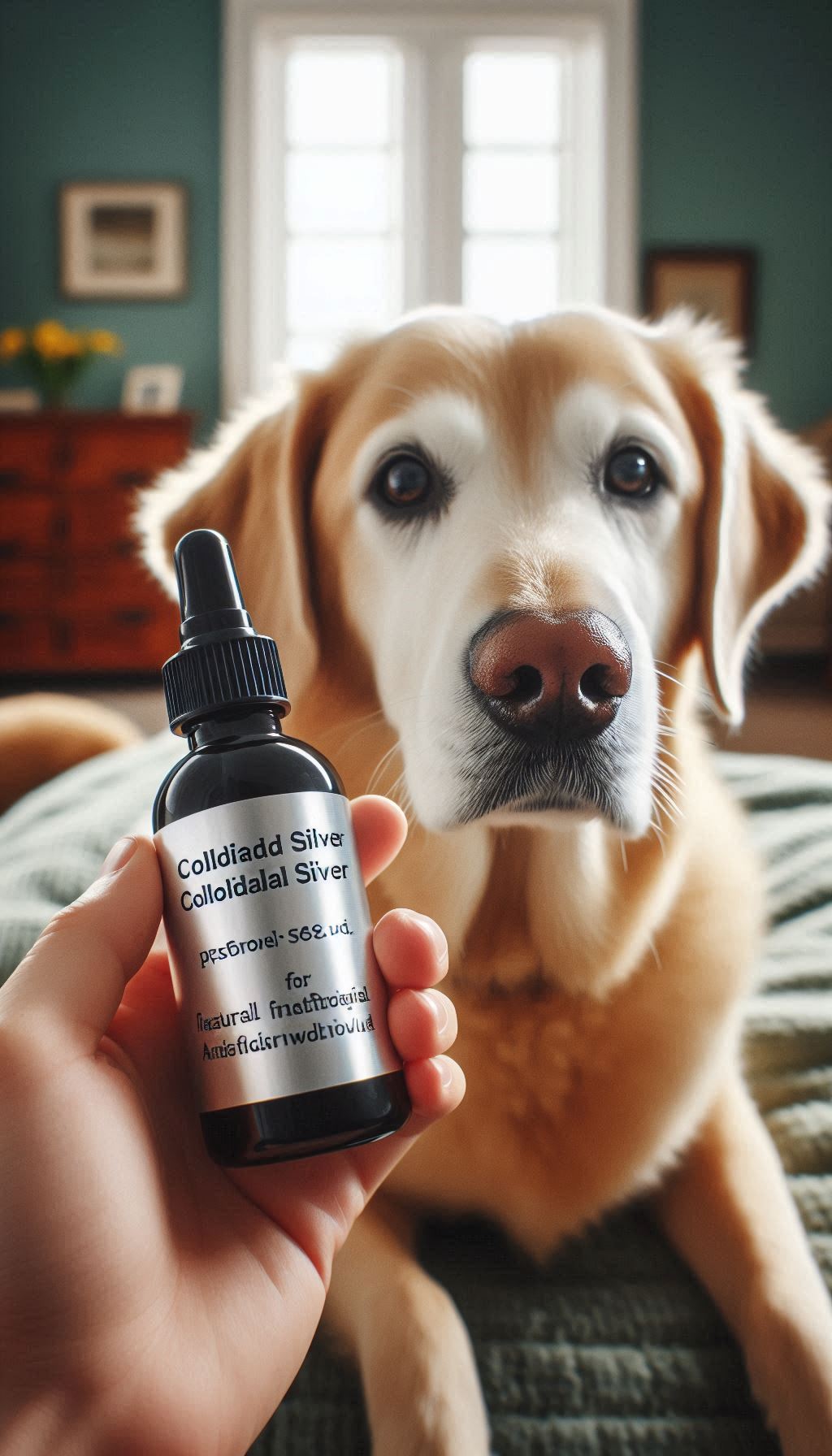What is Thrush in Dogs?
Thrush, also known as candidiasis, is a type of fungal infection that can affect dogs. It occurs when there is an overgrowth of the Candida yeast in a dog’s body. The yeast is normally present in the digestive system and on the skin of dogs, but an imbalance can lead to the development of an infection.
Definition of thrush in dogs
Thrush in dogs refers to an overabundance of yeast in the dog’s body, whether in the digestive system, mucous membranes, or on the skin. It can manifest in various ways, depending on where the infection is located. Common symptoms include scratching, shaking the head, drooling, inflammation of the bladder, skin irritation, and open sores on the skin.
How thrush differs from other types of infections
Thrush in dogs can sometimes be mistaken for other conditions, such as skin infections or allergies. However, it is important to differentiate thrush from these conditions in order to provide the appropriate treatment. A yeast infection can often be diagnosed by identifying the organism under a microscope, through a urine sample, or by taking a swab from the affected area.
To summarize, thrush is a fungal infection that can affect dogs, caused by an overgrowth of Candida yeast. It can manifest in different parts of the body and can cause discomfort for the dog. Proper diagnosis and treatment are important to alleviate the symptoms and prevent complications.
Causes of Thrush in Dogs
As a dog owner, you may be wondering if dogs can get thrush. The answer is yes, dogs can develop thrush, which refers to an overabundance of yeast in their body. The most common yeast organisms involved in thrush are Candida and Malassezia. Candida is a type of sugar-digesting yeast that is normally present in a dog’s mouth, nose, ears, and gastrointestinal and genital tracts. However, an imbalance in the dog’s body can lead to an overgrowth of Candida, resulting in thrush.
Candida and its role in causing thrush
Candida is an opportunistic yeast that can colonize or invade damaged tissues, particularly in immunocompromised animals. When Candida overgrows, it can cause discomfort and various symptoms depending on the location of the infection. In dogs, thrush can occur locally, affecting one specific part of the body, or it can become systemic, spreading throughout the entire body. Common symptoms of thrush in dogs include itching, scratching, drooling, inflammation of the bladder, skin irritation, and open sores on the skin.
Predisposing factors for thrush in dogs
There are several factors that can increase a dog’s risk of developing thrush. Dogs with skin that has been traumatized or damaged, such as from burns or necrotizing dermatitis, are more susceptible to acquiring the condition. Additionally, dogs with viral infections like parvovirus, diabetes, urinary retention, or indwelling catheters are at a higher risk of developing thrush.
To diagnose thrush in dogs, a veterinarian may conduct a physical examination and perform tests such as biopsies, urine analysis, or swabs from affected areas. Treatment for thrush involves improving and strengthening the dog’s immune system, removing any indwelling catheters if present, and applying medications to the affected areas. It is crucial to treat any underlying diseases that may contribute to the development of thrush.
While there are no known preventative measures for thrush in dogs, providing balanced nutrition and drying your dog well after it gets wet can help manage or prevent the overgrowth of yeast. It is important to follow the veterinarian’s instructions and administer medications as directed to ensure proper treatment and prevention of recurring thrush.
Remember to consult your veterinarian if you suspect your dog has thrush or if you have any concerns about your dog’s health. Understanding the causes and management of thrush can help keep your furry friend comfortable and healthy.
Symptoms of Thrush in Dogs
As a dog owner, it’s important to be aware of the signs and symptoms of thrush in dogs. Thrush refers to an overabundance of yeast in a dog’s body, which can cause discomfort and other issues. Here are some common signs and symptoms to look out for:
- Redness and swelling: Redness and swelling are often the first signs of a yeast infection. If you notice these symptoms, it’s important to monitor your dog for further signs of thrush.
- Itching and scratching: Dogs with thrush may experience intense itching and may scratch or lick the affected area excessively.
- Odor: A strong, unpleasant odor is often associated with thrush, especially if it affects the ears or skin.
- Inflammation: Thrush in different parts of the body can cause inflammation, such as inflammation of the bladder (cystitis) if it affects the urinary tract.
How to Recognize Thrush in Different Parts of the Body
The symptoms of thrush may vary depending on where the infection takes place. Here are some specific signs to look out for in different parts of the body:
- Ear infection: Constant shaking and scratching of the head are common symptoms of thrush in the ears.
- Oral cavity: An abnormal amount of drooling can indicate thrush in the oral cavity.
- Skin and open sores: Inflammation, skin irritation, and the presence of open sores (ulcerative lesions) may be signs of thrush on the skin.
- Intravenous catheters and gastronomy tubes: Inflammation around these areas may indicate thrush infection.
It’s important to note that the causes and risk factors of thrush in dogs are numerous. Dogs with damaged or traumatized skin, viral infections, diabetes, urinary retention, or indwelling catheters are at higher risk of acquiring thrush.
Overall, if you suspect your dog may have thrush, it’s best to consult with a veterinarian for proper diagnosis and treatment. Treatment for thrush typically involves improving and strengthening the immune system and applying medications to the affected areas. Regular follow-up is essential to ensure that the infection is properly treated and any underlying diseases are controlled
Diagnosis and Treatment of Thrush in Dogs
If you’re wondering whether a dog can get thrush, the answer is yes. Thrush is a type of fungal infection that can occur in dogs, affecting their digestive system, mucous membranes, or skin. It is typically caused by an overgrowth of yeast organisms, such as Candida or Malassezia. Like in humans, thrush in dogs can cause discomfort and other symptoms that need to be addressed.
How thrush is diagnosed in dogs
To diagnose thrush in dogs, a veterinarian will conduct a physical examination and may take samples of the dog’s skin, stool, or urine to identify the presence of yeast organisms under a microscope. Lesions or areas of inflammation can also be biopsied to confirm the infection.
Treatment options and medications for thrush
Treating thrush in dogs typically involves a combination of medications, including both antibiotics and antifungal drugs. Topical treatments like anti-yeast shampoo, medicated wipes, and creams may be prescribed for skin infections. Oral medications like fluconazole or ketoconazole are used to fight infections in the digestive system. It’s important to follow the veterinarian’s instructions and administer the medications as directed to effectively treat the thrush infection.
Here’s a summary of the diagnosis and treatment of thrush in dogs:
Diagnosis:
- Physical examination
- Microscopic examination of skin, stool, or urine samples
- Biopsy of lesions or inflamed areas
Treatment:
- Combination of antibiotics and antifungal medications
- Topical treatments for skin infections
- Oral medications for digestive system infections
If you suspect your dog has thrush or if your dog’s symptoms persist after treatment for allergies, it’s recommended to schedule a visit to the veterinarian for a proper diagnosis and appropriate treatment plan. With the right treatment, most dogs recover fully from thrush infections.
Prevention of Thrush in Dogs
As a dog owner, you may be wondering if your furry friend can get thrush, a yeast or candida infection. While thrush is more commonly associated with humans, dogs can also develop this condition. It occurs when there is an overgrowth of yeast on a dog’s body, causing skin and mucous membrane infections. Here are some tips to help prevent thrush in dogs:
Tips for preventing thrush in dogs:
1. Maintain proper hygiene: Regularly bathe your dog with an antifungal shampoo to help control yeast growth. Ensure that the lather sits on their skin for a minimum of 10 minutes to be effective.
- Keep their environment clean: Wash your dog’s bedding and clean their living area regularly. Vacuuming can also help remove any parasites or allergens that may affect their immune system and make them more susceptible to thrush.
- Limit exposure to moisture: Yeast thrives in moist environments, so ensure that your dog’s ears and paws are kept dry. After bathing or swimming, thoroughly dry these areas to prevent yeast overgrowth.
- Provide a healthy diet: A well-balanced diet that supports immune system functioning can help prevent thrush in dogs. Opt for a diet that is low in carbohydrates, high in protein, and free from additives or preservatives.
- Regular veterinary check-ups: Schedule regular visits to the veterinarian to monitor your dog’s overall health. They can identify any underlying issues or imbalances that may contribute to the development of thrush.
Maintaining proper hygiene and oral care is also vital in preventing thrush in dogs. Regularly brush your dog’s teeth and gums to remove plaque and bacteria that can contribute to yeast overgrowth. Consider using dental chews or treats that help control plaque formation and maintain oral hygiene.
Thrush in dogs can cause discomfort and may lead to secondary infections if left untreated. If you suspect your dog has thrush, it is crucial to consult with your veterinarian for proper diagnosis and treatment options. They can recommend the appropriate medications, antifungal treatments, or dietary changes needed to alleviate the condition and prevent its recurrence.
Remember, prevention is always better than cure. By following these preventive measures and providing your dog with proper care and hygiene, you can significantly reduce their risk of developing thrush. With a little extra attention and care, you can keep your furry friend happy, healthy, and free from thrush.
Complications and Risks Associated with Thrush
As a dog owner, you may be familiar with the common health issues that can affect your furry friend. But have you ever wondered if dogs can get thrush? Thrush is a fungal infection that typically occurs in the mouth and throat of humans, but can it affect dogs as well? Let’s explore the topic to find answers.
Potential complications of untreated thrush
If your dog develops thrush and it goes untreated, there are potential complications that can arise. While thrush is generally considered a minor problem in healthy individuals, it can become more severe if your dog has a weakened immune system. In such cases, symptoms may be harder to control and more severe. It’s important to seek veterinary attention if you suspect your dog may have thrush to prevent such complications.
Risks and consequences of recurrent thrush infections
Recurrent thrush infections can be a cause for concern in both humans and dogs. If your dog experiences frequent bouts of thrush, it may be an indication of an underlying health condition or a weakened immune system. Candida infections, including thrush, can sometimes indicate an imbalance in the body. Identifying and addressing the underlying cause through proper veterinary care is crucial to prevent further complications.
While there isn’t significant scientific evidence to confirm whether dogs can get thrush, it’s always best to consult with your veterinarian if you notice any unusual symptoms in your pet’s mouth or throat. They can perform a thorough examination and determine the best course of action to ensure your dog’s well-being.
To learn more about thrush in dogs and how to recognize the symptoms, you can visit WagWalking. Remember, proactive veterinary care is key to maintaining your dog’s health and preventing potential complications.
Thrush in Puppies and Older Dogs
As a {person} dog owner, I understand the concerns that come with our furry friends experiencing health issues. One question that often arises is whether dogs can get thrush. While thrush is typically associated with humans, it is important to know that it can also affect our four-legged companions.
Unique considerations for thrush in puppies
Puppies, just like human babies, have a developing immune system that makes them more susceptible to infections, including thrush. Thrush in puppies can manifest as sore, itchy, and smelly skin patches with hair loss. It can also affect their mucous membranes and gastrointestinal tract, causing itching, inflammation, and digestive issues like diarrhea.
Increased susceptibility in older dogs
On the other hand, older dogs may also be more prone to developing thrush due to factors such as weakened immune systems or underlying health conditions. When their immune system is compromised, yeast can overgrow and cause yeast infections or thrush. It is essential to address any underlying health conditions and ensure proper hygiene to prevent and manage thrush in older dogs.
To help you understand the topic better, here is a comparison table of thrush treatments in dogs:
| Specification | Puppies | Older Dogs |
|---|---|---|
| Unique Considerations | Developing immune system | Weakened immune system |
| Symptoms | Itchy and smelly skin patches | Itching, inflammation, diarrhea |
| Treatment Options | Antibiotics, oral systemic medications, antifungal creams | Medications for underlying conditions, antifungal treatment |
| Prevention | Proper hygiene, regular veterinary check-ups | Proper hygiene, managing underlying health conditions |
Remember, it is always best to consult with your veterinarian for accurate diagnosis and treatment options for your dog’s specific condition. With proper care, thrush can be effectively managed, and your furry friend can enjoy a healthy and itch-free life.
Natural Remedies for Thrush in Dogs
As a {tone} {person}, I know that our furry friends can sometimes experience health issues just like humans. One common question pet owners have is whether dogs can get thrush, a fungal infection caused by the Candida yeast. While thrush is more commonly seen in humans, it is possible for dogs to develop this condition as well.
Alternative and complementary treatments
When it comes to treating thrush in dogs, there are natural remedies and alternative treatments that can help alleviate the symptoms. These options can be used alongside veterinary recommendations for a holistic approach to your furry friend’s health.
One popular natural remedy for thrush is apple cider vinegar. Diluting apple cider vinegar with water and applying it topically to the infected area can create an acidic environment that inhibits the growth of the Candida yeast. However, it’s important to note that this remedy has not been proven through scientific studies.
Another alternative treatment is the use of probiotics. Probiotics can help restore the balance of bacteria in your dog’s gut, which can in turn help prevent the overgrowth of yeast. Adding probiotics to your dog’s diet or using products specifically designed for digestive health can be beneficial.
Home remedies and natural products that may help alleviate thrush
In addition to apple cider vinegar and probiotics, there are other home remedies and natural products that may help alleviate thrush in dogs. These include:
- Garlic and oregano: These herbs have antifungal properties and can be added to your dog’s diet to help combat yeast overgrowth.
- Coconut oil: Adding coconut oil to your dog’s diet can help destroy yeasts in the gut without disrupting the natural balance of flora.
- Antifungal shampoos and rinses: Using shampoos and rinses made from tea tree oil or other natural ingredients can help control yeast growth on your dog’s skin.
- Cleaning and disinfection: Regularly cleaning and disinfecting the affected areas, such as the ears or paws, can help remove dead yeast cells and prevent reinfection.
It’s important to remember that natural remedies and alternative treatments should be used in conjunction with veterinary care. If your dog is experiencing symptoms of thrush, it’s best to consult with a veterinarian for a proper diagnosis and treatment plan.
In conclusion, while thrush is more commonly seen in humans, dogs can also develop this fungal infection. Natural remedies and alternative treatments can help alleviate the symptoms of thrush in dogs, but it’s important to consult with a veterinarian for a proper diagnosis and to ensure a holistic approach to your dog’s health. Remember to always prioritize your furry friend’s well-being and consult with a professional for the best course of action.
Conclusion
It is not common for dogs to get thrush, as it is primarily a condition that affects humans. However, dogs can develop similar fungal infections, such as Candidiasis, which can cause discomfort and irritation. It is important for pet owners to be aware of the signs and symptoms of these infections in order to seek prompt diagnosis and treatment. If you suspect that your dog may have a fungal infection, it is best to consult with a veterinarian who can provide appropriate recommendations and treatment options. Remember, early detection and treatment are key to helping your furry friend recover from any health issue.






![Can a Dog Get Thrush? [Know The Truth] Me with my Jasper](https://germanshepherd-pet.com/wp-content/uploads/2023/03/me-with-my-jasper-scaled.webp)



